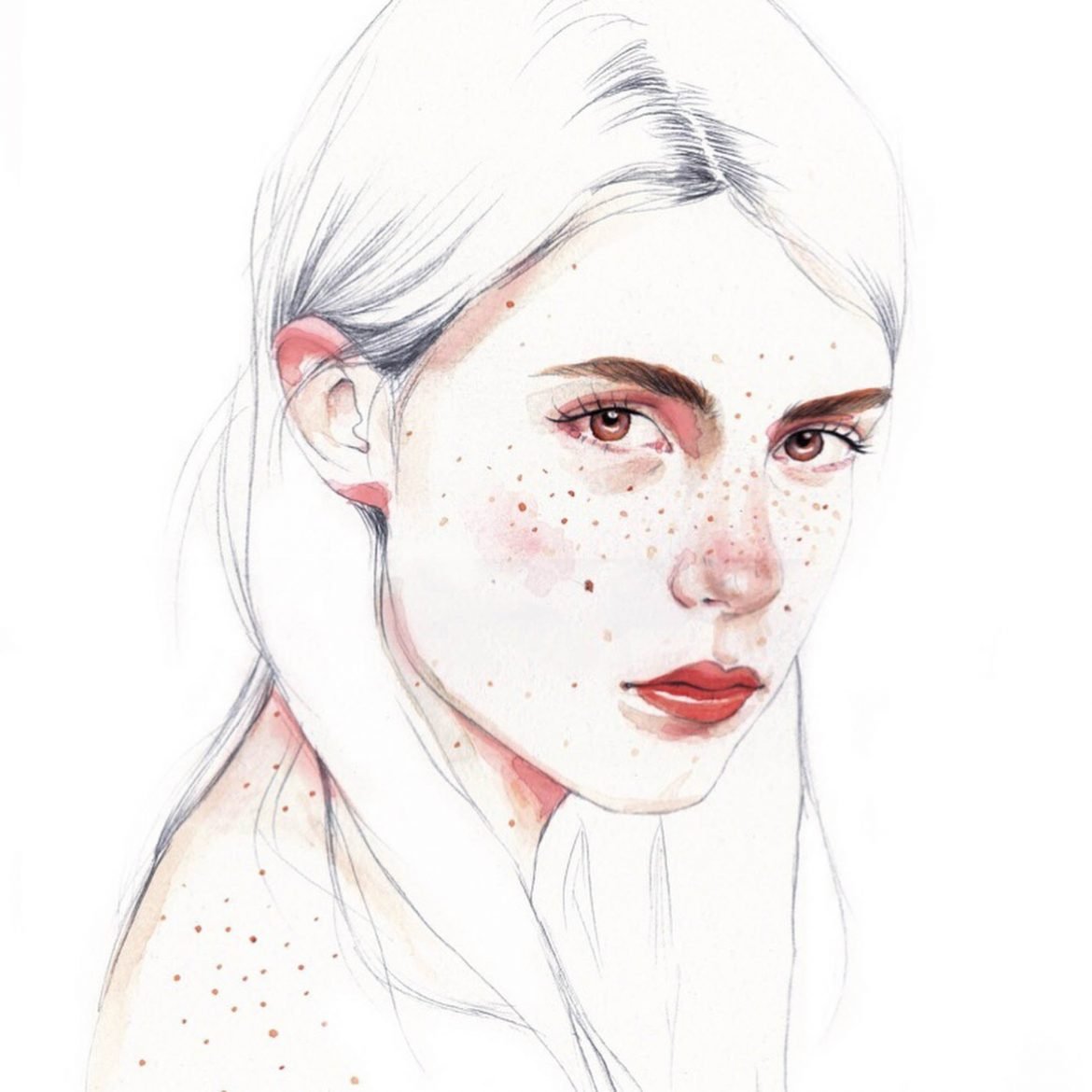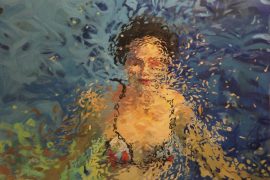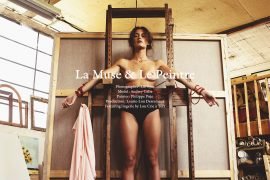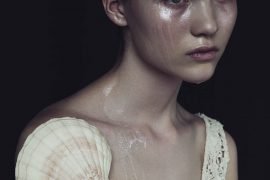From a young age Habiba Acosta, better known as Habiba Green, has been interested in pictorial techniques, oil painting and illustration. The Tenerife native with a degree in Graphic Design from Instituto Canario de Sicología y Educación, began to make her first artworks as a muralist and illustrator and moved to London to continue growing as an artist and expand her academic studies. There, Acosta grew as a commercial illustrator when she was developing campaigns for creative studio “LostValues” and various publishers.
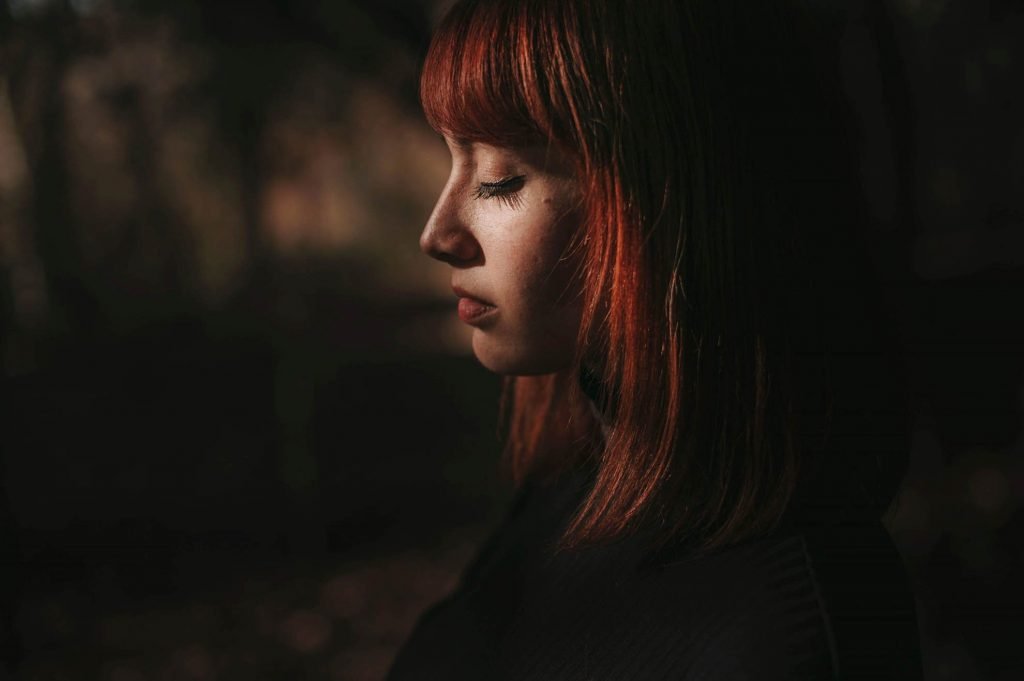
Since 2015 she has dedicated herself to frame her work around poetry and feminism, transmitting sweetness, beauty and realism at the same time. In 2018 she organised her own project in a group exhibition with a feminist meaning called: “SHE” in Barcelona. Habiba’s work has been exhibited in Tenerife, London, Barcelona and Paris.
Interview by Demetrios Drystellas
Describe Habiba in three words.
Creative, sensitive and very curious!
What would the soundtrack
Actually, I’m pretty obsessed with Dark indie and music with some New wave’s vibes. I don’t know if that makes sense with my illustrations, but that’s what I’m listening at the moment. If I have to say what kind of music is perfect with my artwork, it should be something peaceful. Perhaps Electro indie, and also I used to listen to an awesome playlist from Spotify called: Lush & Atmospheric, (which I highly recommend). It could be the whole soundtrack.
You follow a traditional approach to painting/drawing. Where do you stand in the traditional/digital debate?
So many people asked me about it, and the thing is: I really love digital illustration and
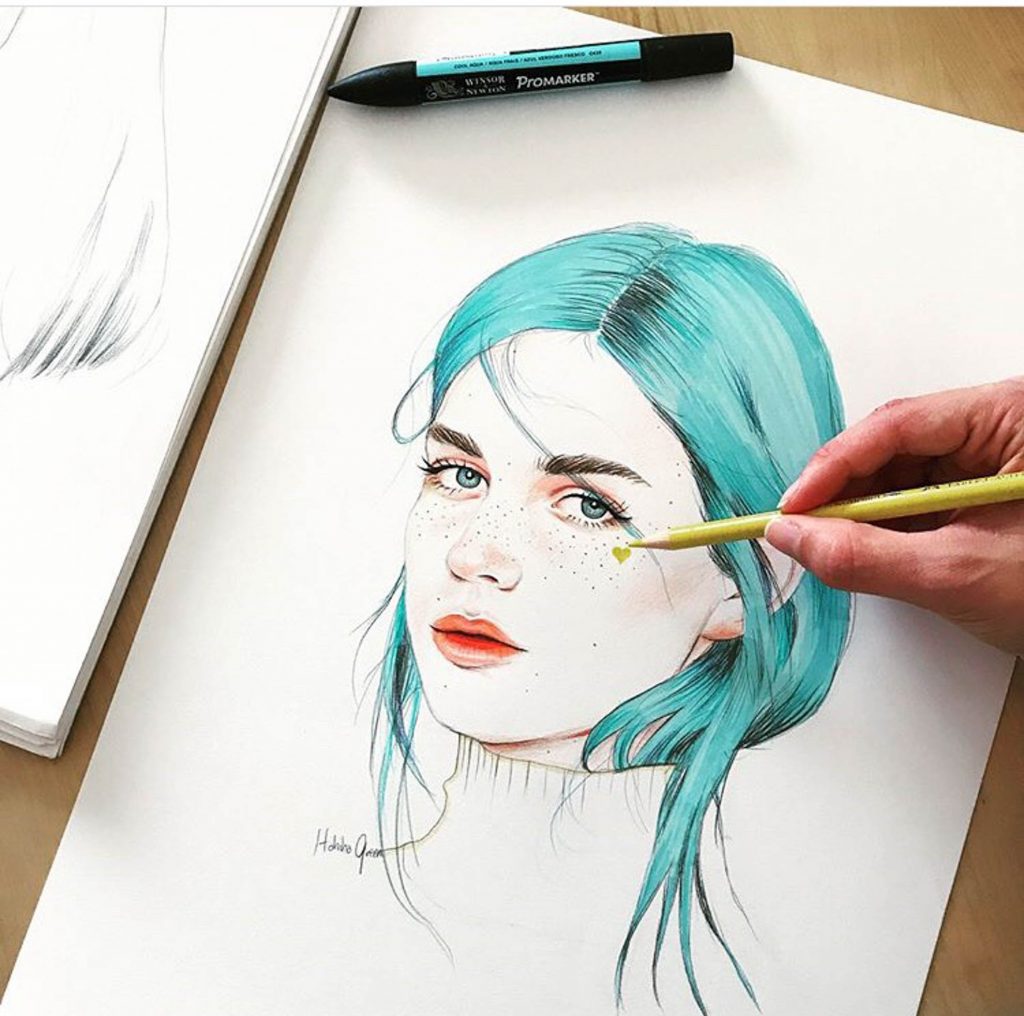
Your body of works features heavily portraits of girls, would you like to talk about this direction? [and your obvious love of freckles 🙂
I have been always been interested in female’s beauty, and absolutely, also freckles! The freedom and the loneliness when they don’t know that you are around or looking at them is where I’ve found inspiration most of the times. Maybe it sounds weird, but I’m an observant and I would like to express myself through my artwork too, because I feel represented and reflected as a woman.
Clarity is a word with which I could describe your style, keeping the essentials to captivate the viewer. How did your style develop over the years and how do you think it will change in the following years?
I think that you are constantly growing up with your creations without noticing at all? Then you look at previous pieces and then you
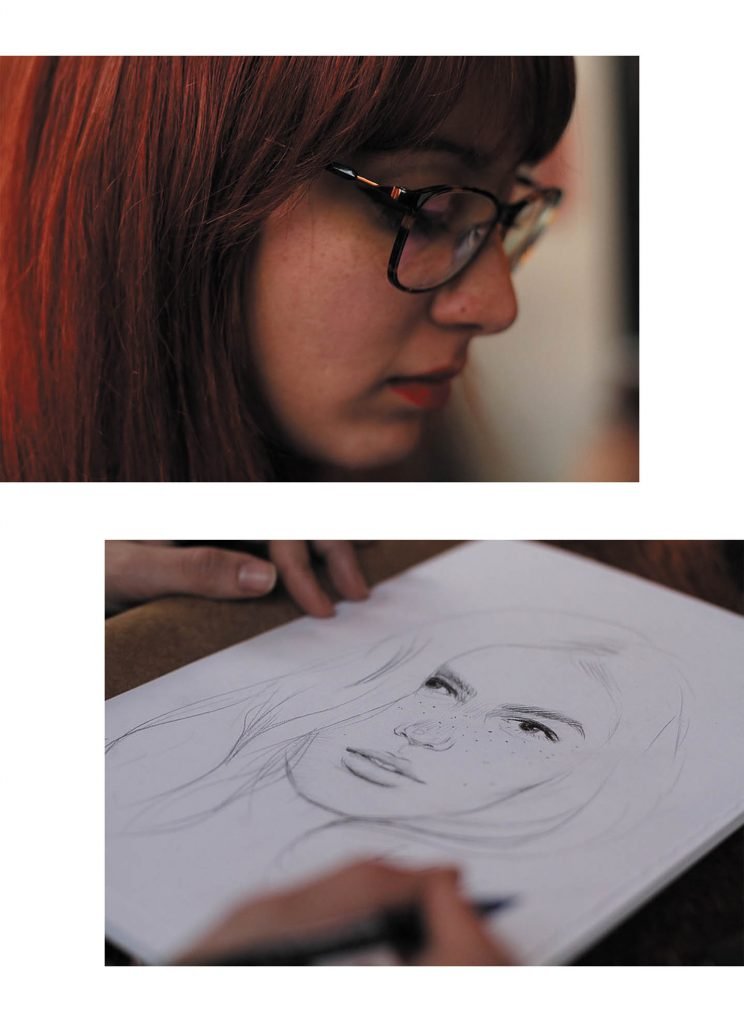
How would you define beauty?
I think beauty is in everywhere, it’s like art. You cannot really define it at all, for me, beauty and art are the same ’cause they give you a reaction when you see them. It’s all about feelings, and how you perceive beauty itself.
Something most people don’t know about you?
Perhaps most of the people don’t expect how shy I can be in person. Then, I couldn’t live without my Spotify premium, and furthermore, I’ve always been very interested in politics and human rights, it’s important to be informed and sometimes I get really angry ’cause I really want to change many things in this world. Also, I’m a film addict and I’m absolutely obsessed about cinema, comics
What would you do if you knew you could not fail?
Failing it’s human, so maybe I would get bored in a second! It’s frustrating to be normal and imperfect, but
Which superpower or talent would you like to have?
Mmmm, so many… To create wonderful art every hour and have the ability to travel unlimitedly around the globe.
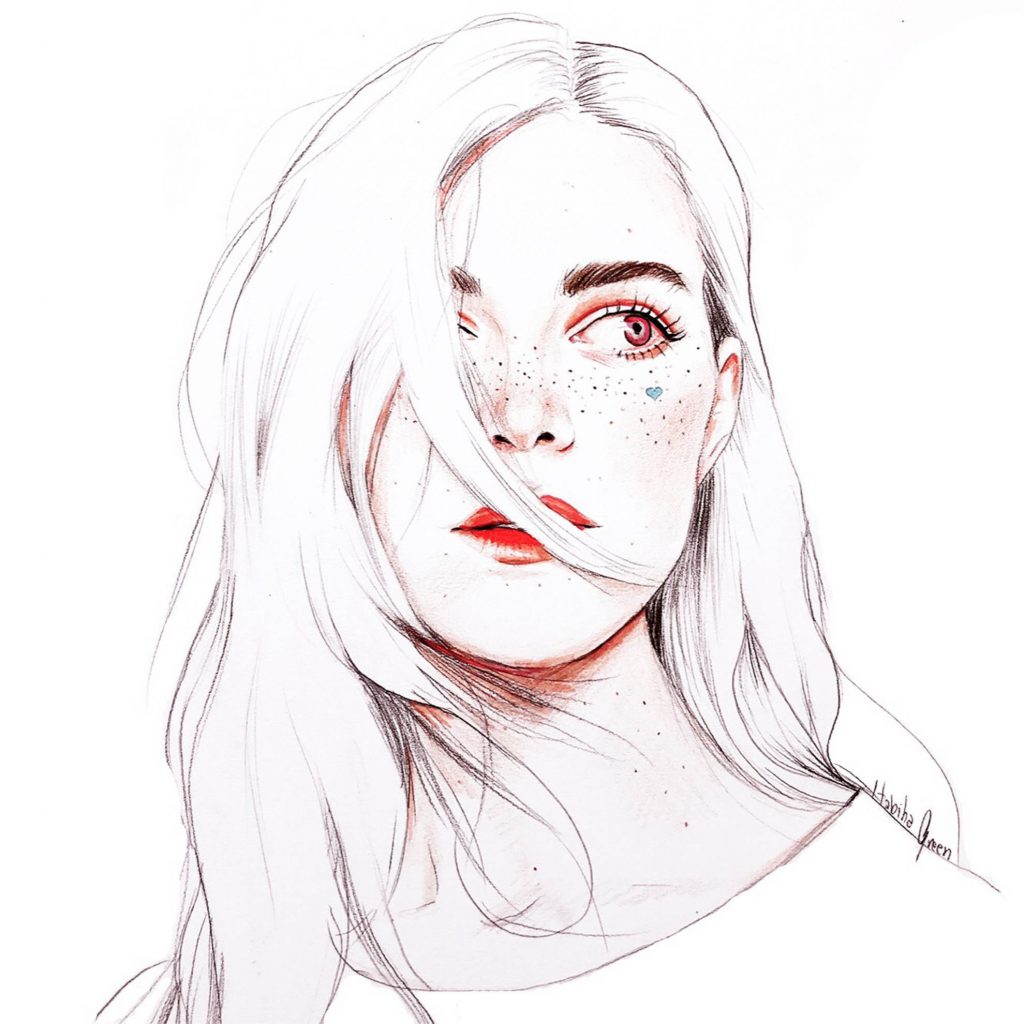
From Tenerife to London, how different is the way of life and how do you experience it personally and artistically? What do you miss?
I miss the sea! Tenerife is very relaxing and inspiring, definitely a paradise! but I came to London when I was only 19 years old, and I think London is
You studied in the school of Art and Design in Tenerife with a focus on intaglio. The clean strokes of engraving are reflected in your current work too. What drew you to focus on intaglio and do you still practice it? And then you took a turn with graphic design in La Laguna?
I spent most of the time making graphic design, and I really love it. I never made illustrations, I could say that illustration came one day suddenly. I like the i
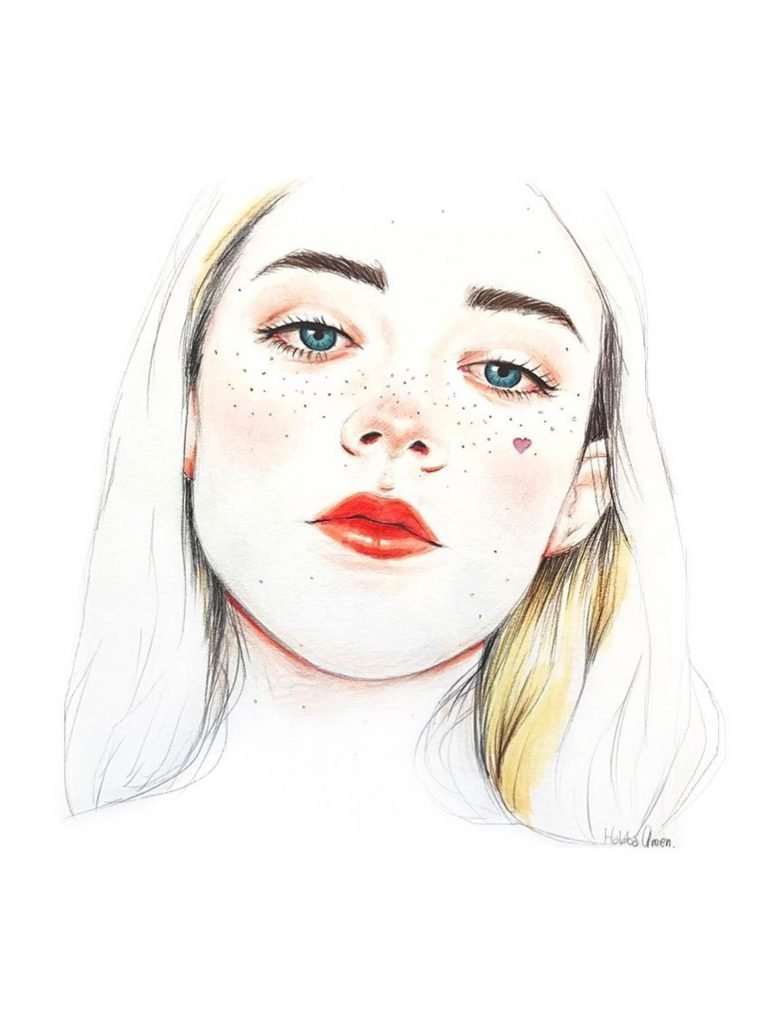
Freelancing as an artist. Balancing art and creative projects with what clients want, especially companies, and what pays. Would you like to talk about it and how the field is?
In my case, most of my clients are very flexible, but I think that sadly there are a lot of strange politics in the art world. It is often contradictory, if you speak about freedom it’s not interesting anymore on this field, something that is established can, in itself, not be renewed, and it is hard for the artists to make a good job or progress in the employment sector.
In the past, painting influenced photography and it was a lengthy process for photography to become distanced and secure its own place in art. Now, the opposite is observed; Photography influences artists of other disciplines, painters draw build images from photographs quite often. Why do you think this happens and which are the limits between new art and derivative art?
Very true, Slowly, however, photography found a place alongside painting. Now we are strongly influenced by photography and photographers. Maybe it will change, before it was pretty much the same with
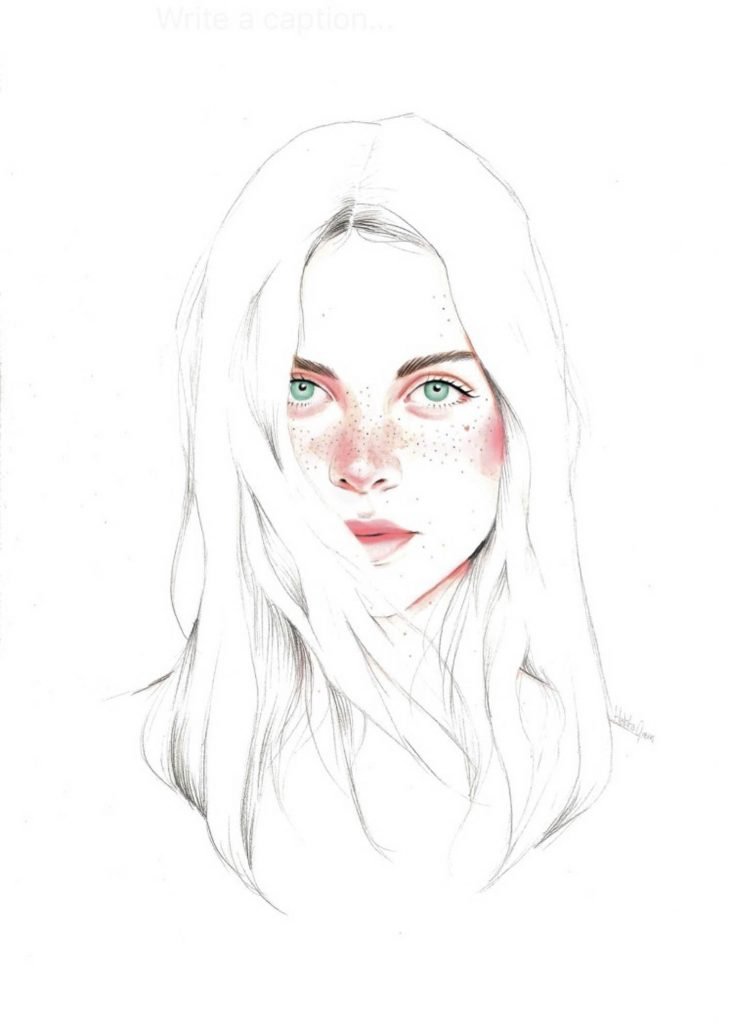
Where do you draw inspiration from? Are there
A very good tool for inspiration is Pinterest. I would say that
About photographers, my top five will
Carlota Guerrero, Angie Couple, Jordan Tiberio and Mayan Toledano.
And contemporary artists:
Daniel Clowes, Paula Bonet, Tina Berning, Carla Fuentes
What do you think of the male versus female gaze discussion regarding the depiction of the female body in
I think that women have always been represented as an object during history, in museums, and in social media. Therefore in this particular case, I do not discard the possibility of being influenced in the past, or even nowadays by male artists, especially influenced by the idea or the representation of the female body. I also believe that most contemporary female artists represent themselves in a different way, a lot more empowering, powerful and independent. At least it’s how I feel about it.
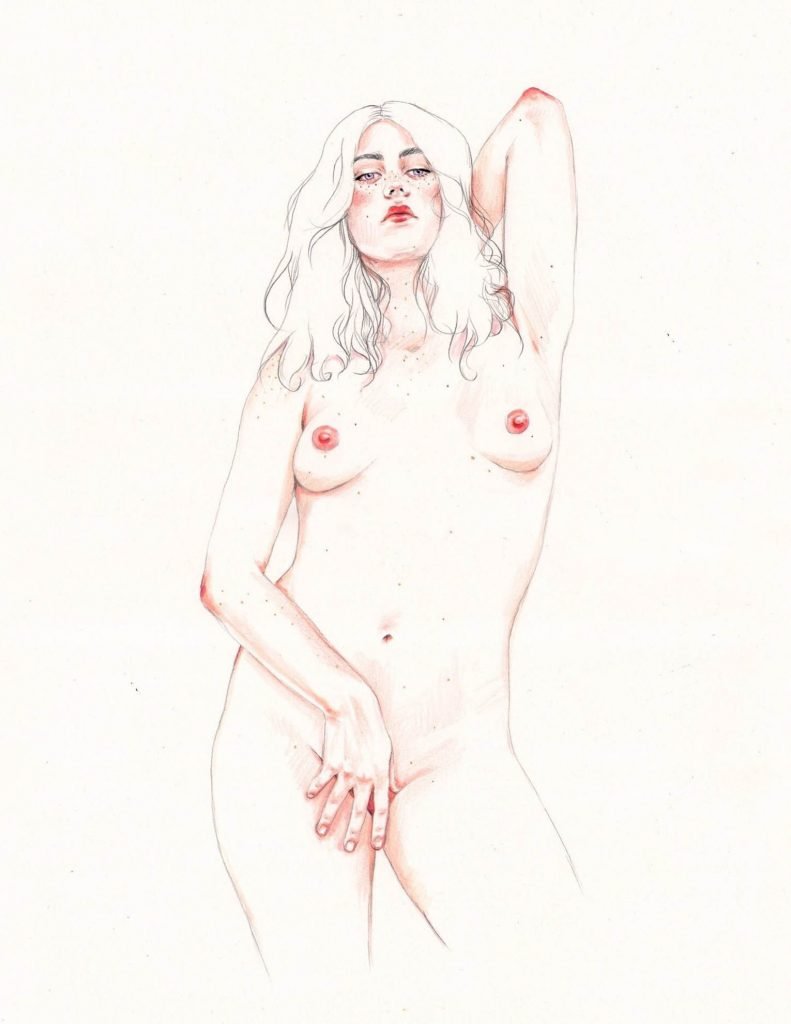
If you could change one aspect of society through your work what would it be?
Social inequality.
What have you
Being patient.
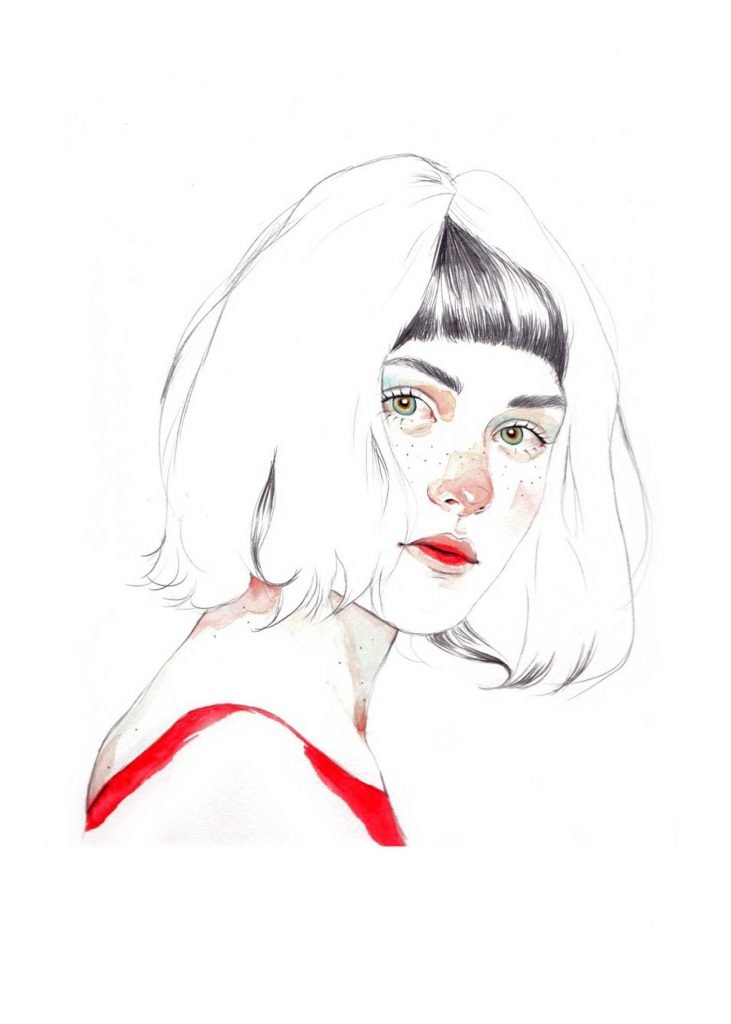
A guilty pleasure?
Triple chocolate cookies?
What are you really bad at
Singing, I just can’t sing.
How is the perfect day for you?
Snowy morning and warm coffee while drawing or painting.
What should we expect to see in the future
Definitely an illustrated biography book
Thank you for the interview The Forest Magazine, you rock! Habiba

